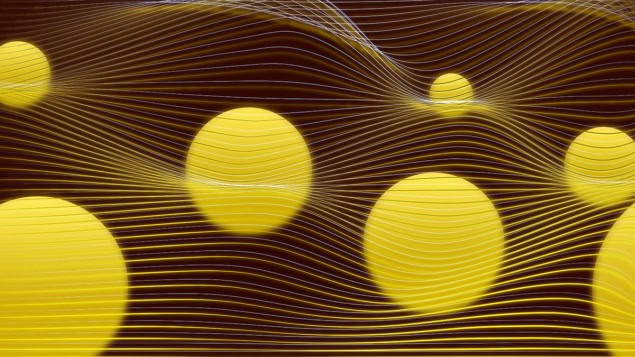A new model reveals a way to describe gravity using the same mathematical language as the Standard Model

A long-standing challenge in physics has been to integrate gravity into the Standard Model, which successfully describes the electromagnetic, weak, and strong forces. The difficulty lies in the mathematical symmetries: general relativity uses infinite-dimensional space-time symmetries, while the Standard Model relies on compact, finite-dimensional ones, making the two frameworks fundamentally incompatible.
A central question in this context is: is gravity a force? Newtonian mechanics says yes, gravity pulls masses together. Einstein’s relativity says no, it’s the curvature of space-time that guides motion. Quantum field theory suggests gravity may be a force mediated by hypothetical particles called gravitons.
The researchers behind this work propose that gravity can be treated as a gauge interaction, similar to electromagnetism. This approach implies gravity is a force mediated by a field and governed by the same kinds of symmetries as the other fundamental interactions.
They introduce unified gravity, a novel framework that reformulates gravity using the compact symmetries of quantum field theory. Working with an eight-dimensional spinor model, they define a space-time dimension field to recover familiar four-dimensional space-time. By applying four U(1) symmetries, they derive a gauge theory of gravity that mirrors the Standard Model, with the stress-energy-momentum tensor emerging naturally from these symmetries.
Their theory reproduces teleparallel gravity through a special geometric condition and describes gravity in flat Minkowski space-time by another geometric condition, making it compatible with quantum field theory. They develop Feynman rules and show the theory is renormalizable at 1-loop, meaning it handles quantum corrections without mathematical breakdown. Finally, they demonstrate that the theory respects BRST symmetry, which ensures gauge consistency in quantum field theory.
While this remains a mathematical theory, it prompts us to reassess how we conceptualize gravity, not as a curvature of space-time, but as a gauge interaction like the other fundamental forces. If validated experimentally, unified gravity could reshape our understanding of the universe and mark a major turning point in theoretical physics.
Read the full article
Gravity generated by four one-dimensional unitary gauge symmetries and the Standard Model
Mikko Partanen and Jukka Tulkki 2025 Rep. Prog. Phys. 88 057802
Do you want to learn more about this topic?
How far are we from the quantum theory of gravity? by R P Woodard (2009)
